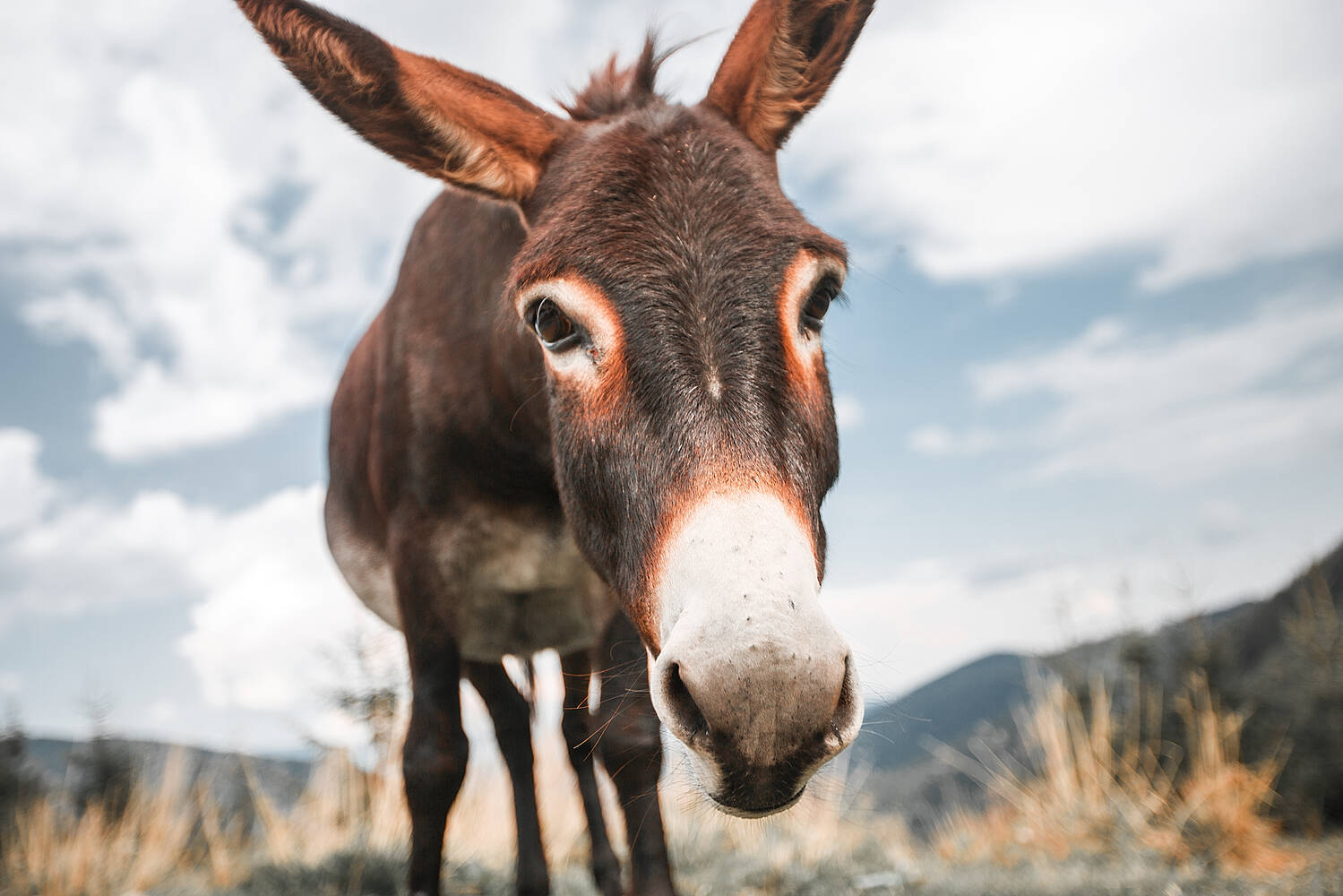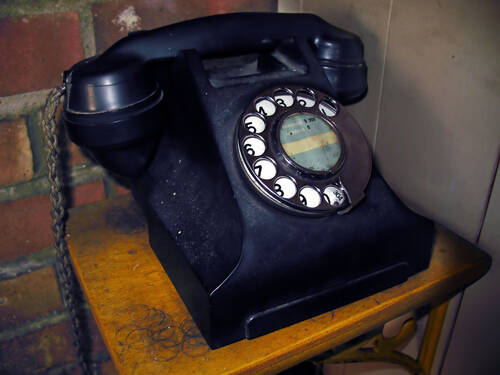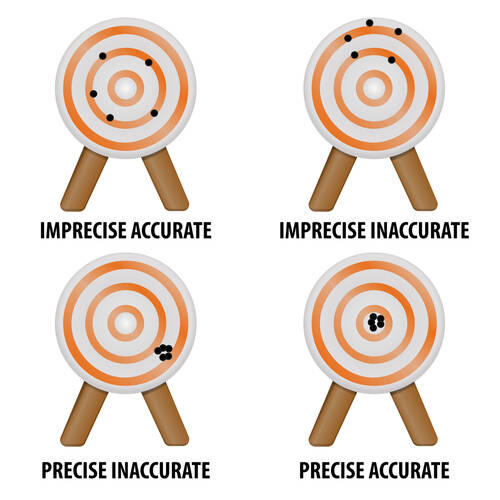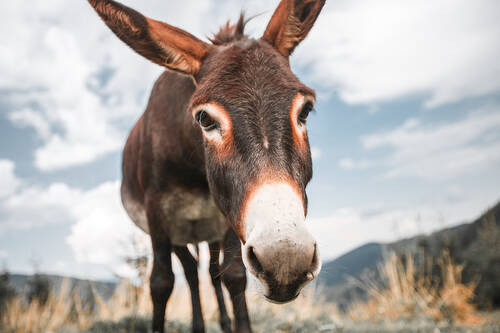Good news—I have finally finished a rough draft of the eighth Sydney Brennan book… Memory Road!
It has been a hard slog during the Panda Bear Times, but I am cautiously optimistic that things have taken a turn for my writing brain.
I’ve also been working on some Sydney Brennan short stories of late, enough for a mini anthology. (“Shorts” in the post title = short stories, not garments; if it were down to my seamstress skills, Syd’s bum would go naked.)
Both of these projects will need editing, covers, sacrifices to the retailer gods, etc., before I can put them in your hands. But I’ll keep you posted.
In the meantime, I thought I’d share Five Things I Learned while writing Sydney’s latest adventures.
So let’s get started.
1) As I write this, it is the year 2021, not 2005.
The Sydney Brennan PI Mysteries take place in the mid-2000s in Tallahassee, Florida. That means I have to do a lot of ground-truthing while writing in Hawaii in 2021.
My post Real World (explaining why the stories start in 2004) mentions the recurring thorn in my side, cell phones. In Syd 8, I found myself asking, When did everyone get camera phones?
It seems the first couple landed in 2006 and 2007, and of course the iPhone in 2008. So it is entirely reasonable that my mildly technophobic detective would not have one in 2005.
2) I am forever looking up the names of—we would say in Hawaii—da kine.
You know, all the random things you just point at or portray with elaborate full body charades in daily conversation? I can’t exactly do that in my books.
House parts in particular are a perpetual nuisance. In fact, I have a This Old House “thingamajig” article bookmarked… for some reason that escapes me. But now that I’m rereading it, one term cries out to be used in a future book: the scuttle. That is, “A ceiling opening with a cover or hatchway.” You know, where the serial killer is waiting. 😉
3) How about a Science Vocabulary lesson?
Pull up a chair, kiddies, and get our your nasty green goggles—it’s time for science class.
This is one I already knew but had to double-check because it’s been a while and I’m anal that way.
Many of us use the words accurate and precise interchangeably in our everyday lives.
However, in a science context, accurate is how close a measurement is to the true value. Precision is how close measurements are to each other.
As always, a picture is worth a thousand words.
4) Cheese isn’t just made from cow’s milk.
Okay, I knew that. Locally, we have some yummy goat cheese, as well as addictive vegan cheese made from macadamia nuts (seriously), so it seems you can make cheese from just about anything if you have the courage and the right microbes.
But did you know that some of the most expensive cheese in the world ($600 to $1300 per pound on the open market!) is made from the milk of Balkan donkeys? Say that three times fast.
5) Now that you know how expensive cheese can be, you may be less surprised to learn that counterfeit cheese is a thing.
In fact, cheesemakers in Switzerland have used DNA testing to ferret out forgeries and maintain the integrity of their Emmental. Registered producers add a particular bacteria to their cheese—one that won’t affect its quality—that acts as a DNA marker. If a tested cheese doesn’t contain that bacteria, it’s a counterfeit.



